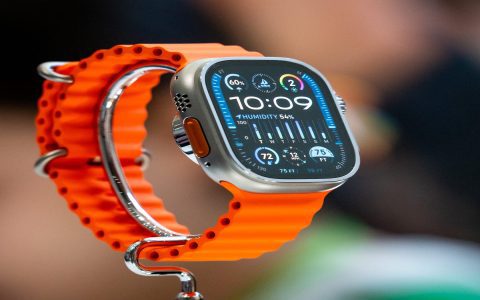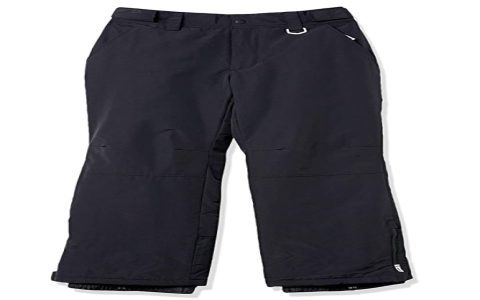Selecting the right rubber band for clothing applications requires balancing strength, longevity, and cost-effectiveness. Key types suitable for garment brands include:
Top Affordable & Durable Rubber Band Types
- Natural Rubber (Latex) Bands: Offers excellent elasticity and recovery. Ideal for medium-weight garments like T-shirts, sweaters, and socks. Look for high-purity latex formulations with minimal fillers for maximum snap-back. Cost-effective at volume.
- Synthetic Rubber Bands (e.g., EPDM, SBR): Superior resistance to UV light, ozone, and temperature extremes compared to natural rubber. Best for outdoor apparel, swimwear packaging, or items stored in varied conditions. EPDM provides excellent weather resistance.
- O-Ring Bands (Solid Core): Manufactured without a seam, these exhibit consistent thickness and strength around the entire circumference. Less prone to snagging delicate fabrics and offer reliable hold for lingerie, hosiery, or folded items.
Critical Performance Factors
- Tensile Strength: Prioritize bands with a minimum tensile strength of 2500 PSI for secure bundling without frequent snapping.
- Elongation & Recovery: Ensure bands stretch 500-700% with minimal permanent set (low hysteresis) to maintain hold over multiple uses.
- Resistance: UV/Ozone resistance is non-negotiable for bands exposed to light. Opt for formulations with stabilizers.
- Thickness (Gauge): Thicker gauges (e.g., 1.5mm+) inherently offer greater durability and resistance to cutting but increase material cost. Balance based on garment weight.
Sizing & Application Recommendations
- Fine Fabrics/Lingerie: Use smaller, thinner latex or O-ring bands (#14 - #17) to prevent marking.
- T-Shirts, Knits: Medium-sized natural rubber (#33 - #64) provides secure bundling without excessive pressure.
- Jeans, Outerwear: Thicker synthetic bands or heavy-duty latex (#117 and larger) ensure bundles remain intact during transit.
Cost Optimization Tips
- Bulk Purchasing: Negotiate volume discounts directly with manufacturers. Minimum orders often apply.
- Standardization: Limit SKUs to 2-3 key sizes and types to reduce complexity and increase buying leverage.
- Supplier Qualification: Source from ISO-certified manufacturers specializing in textile-grade elastics. Verify material certifications.
- Performance Testing: Conduct accelerated aging tests (UV, heat, ozone chambers) to compare longevity versus cost per unit.
Prioritize bands certified by textile associations for fabric safety. Test samples rigorously with your specific garments under real-world storage and transit conditions before full-scale adoption.






